M45, The Pleiades Star Cluster

M45, The Pleiades Star Cluster
More Posts from Intergalacticnerd and Others
Fun Moments with Our Record Breaking Astronaut
Astronaut Scott Kelly has broken the record for longest time spent in space by a U.S. astronaut. He has spent a cumulative of 383 days in space over the course of four missions. What better way to celebrate than to highlight some of his fun moments on the internet:
A question from the president during a recent TweetChat:

Astronaut Scott Kelly occasionally hosts TweetChats from the International Space Station. During a recent chat, he happened to get a question from someone who lives at 1600 Pennsylvania Avenue! HERE’s a recap from a similar chat from the station.
Tackling the tough questions during interviews:

During an interview with Katie Couric, Kelly explained what a day on the space station is really like…including the chores he can and can’t do.
The pros and cons of having roommates:

The International Space Station is an orbiting laboratory where an international crew live, work and conduct valuable research.
Getting supplies from cargo ships:

Living on the space station requires food, water and supplies. All of these things, plus experiments and other essentials are delivered to the crew via cargo ship. Learn more about our commercial resupply program HERE.
Make sure to follow us on Tumblr for your regular dose of space: http://nasa.tumblr.com

The Milky Way Meteor Shower by jeremyjonkman on Flickr.

Gravitational waves: discovery hailed as breakthrough of the century
Once again, Albert Einstein is proven right. Read more about this discovery in The Guardian.










A recap of January in pictures! Winters the best time for astrophotography which is why I’ve had plenty of opportunities to get outside and capture the cosmos!
Views of Pluto
10 Images to Celebrate the Historic Exploration of the Pluto System
One year ago, our New Horizons mission made history by exploring Pluto and its moons – giving humankind our first close-up look at this fascinating world on the frontier of our solar system.

Since those amazing days in July 2015, the New Horizons spacecraft has transmitted numerous images and many other kinds of data home for scientists and the public alike to study, analyze, and just plain love. From Pluto’s iconic “heart” and sweeping ice-mountain vistas to its flowing glaciers and dramatic blue skies, it’s hard to pick just one favorite picture. So the mission team has picked 10 – and in no special order, placed them here.
Click the titles for more information about each image. You’ve seen nine of them before, and the team added a 10th favorite, also sure to become one of New Horizons’ “greatest hits.”
Vast Glacial Flows

In the northern region of Pluto’s Sputnik Planum, swirl-shaped patterns of light and dark suggest that a surface layer of exotic ices has flowed around obstacles and into depressions, much like glaciers on Earth.
Jagged Ice Shorelines and Snowy Pits

This dramatic image from our New Horizons spacecraft shows the dark, rugged highlands known as Krun Macula (lower right), which border a section of Pluto’s icy plains.
Blue Skies

Pluto’s haze layer shows its blue color in this picture taken by the New Horizons Ralph/Multispectral Visible Imaging Camera (MVIC). The high-altitude haze is thought to be similar in nature to that seen at Saturn’s moon Titan.
Charon Becomes a Real World

At half the diameter of Pluto, Charon is the largest satellite relative to its planet in the solar system. Many New Horizons scientists expected Charon to be a monotonous, crater-battered world; instead, they’re finding a landscape covered with mountains, canyons, landslides, surface-color variations and more.
The Vistas of Pluto

Our New Horizons spacecraft looked back toward the sun and captured this near-sunset view of the rugged, icy mountains and flat ice plains extending to Pluto’s horizon. The backlighting highlights over a dozen layers of haze in Pluto’s tenuous but distended atmosphere.
The Dynamic Duo: Pluto and Charon in Enhanced Color

The color and brightness of both Pluto and Charon have been processed identically to allow direct comparison of their surface properties, and to highlight the similarity between Charon’s polar red terrain and Pluto’s equatorial red terrain. Pluto and Charon are shown with approximately correct relative sizes, but their true separation is not to scale.
Strange Snakeskin Terrain

A moment’s study reveals surface features that appear to be texturally ‘snakeskin’-like, owing to their north-south oriented scaly raised relief. A digital elevation model created by the New Horizons’ geology shows that these bladed structures have typical relief of about 550 yards (500 meters). Their relative spacing of about 3-5 kilometers makes them some of the steepest features seen on Pluto.
Pluto’s Heart

This view is dominated by the large, bright feature informally named the “heart,” which measures approximately 1,000 miles (1,600 kilometers) across. The heart borders darker equatorial terrains, and the mottled terrain to its east (right) are complex. However, even at this resolution, much of the heart’s interior appears remarkably featureless—possibly a sign of ongoing geologic processes.
Far Away Snow-Capped Mountains

One of Pluto’s most identifiable features, Cthulhu (pronounced kuh-THU-lu) stretches nearly halfway around Pluto’s equator, starting from the west of the great nitrogen ice plains known as Sputnik Planum. Measuring approximately 1,850 miles (3,000 kilometers) long and 450 miles (750 kilometers) wide, Cthulhu is a bit larger than the state of Alaska.
Colorful Composition Maps of Pluto

The powerful instruments on New Horizons not only gave scientists insight on what Pluto looked like, their data also confirmed (or, in many cases, dispelled) their ideas of what Pluto was made of. These compositional maps – assembled using data from the Linear Etalon Imaging Spectral Array (LEISA) component of the Ralph instrument – indicate the regions rich in ices of methane (CH4), nitrogen (N2) and carbon monoxide (CO), and, of course, water ice (H2O).
Make sure to follow us on Tumblr for your regular dose of space: http://nasa.tumblr.com

For the first time, astronomers have observed bursts of visible light being released by a black hole as it swallows matter from nearby stars.
These flashes of light, which lasted between several minutes to a few hours, were seen coming from a black hole in the Cygnus constellation, located about 7,800 light-years away from Earth. Incredibly, some of the flashes were so bright, the team says amateur astronomers could see them with a modest 20-cm telescope.
“We find that activity in the vicinity of a black hole can be observed in optical light at low luminosity for the first time,” astronomer and lead researcher, Mariko Kimura from Kyoto University in Japan, told Charles Q. Choi at Space.com.
“These findings suggest that we can study physical phenomena that occur in the vicinity of the black hole using moderate optical telescopes without high-spec X-ray or gamma-ray telescopes.”
Continue Reading.



Highest point in Georgia
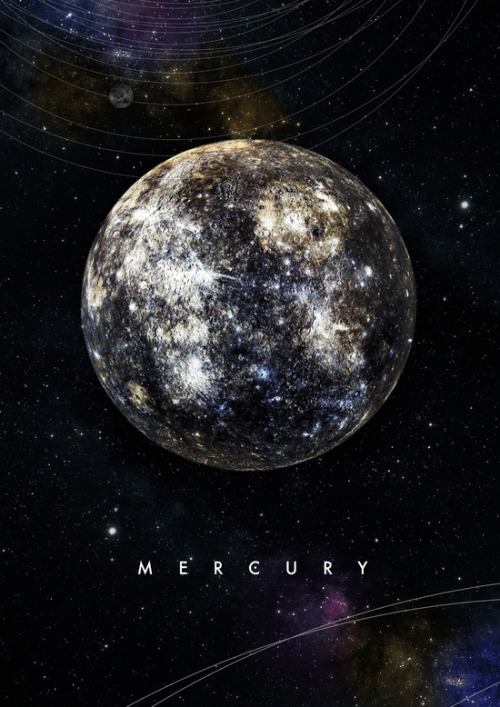
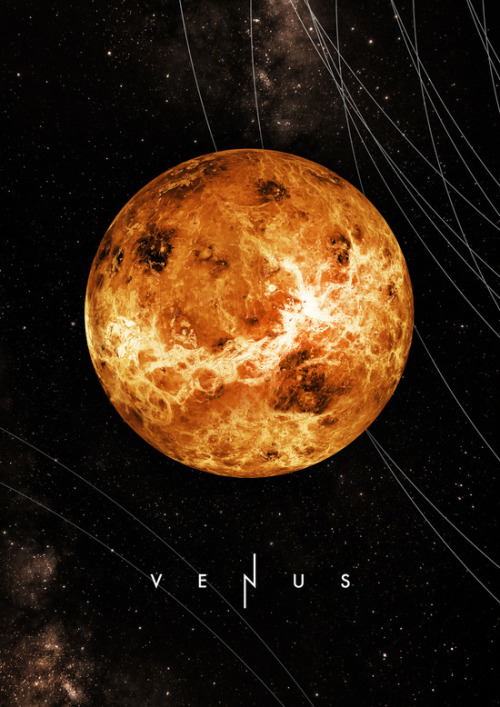
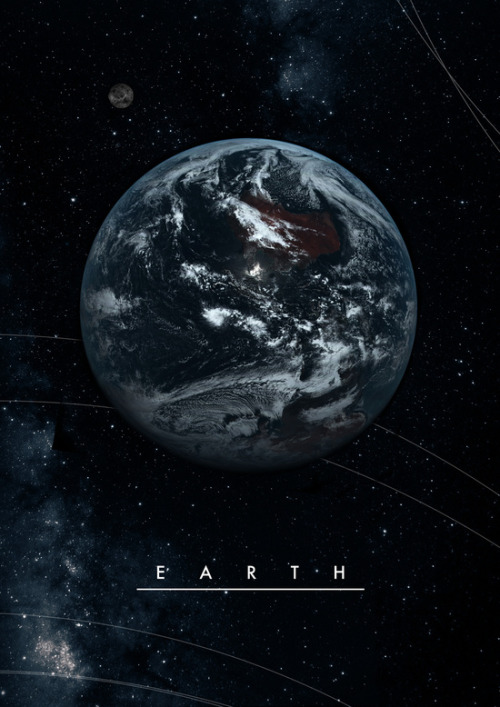
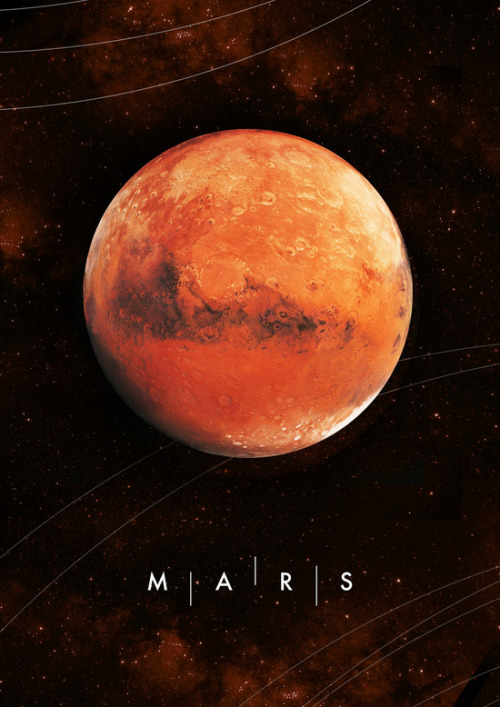
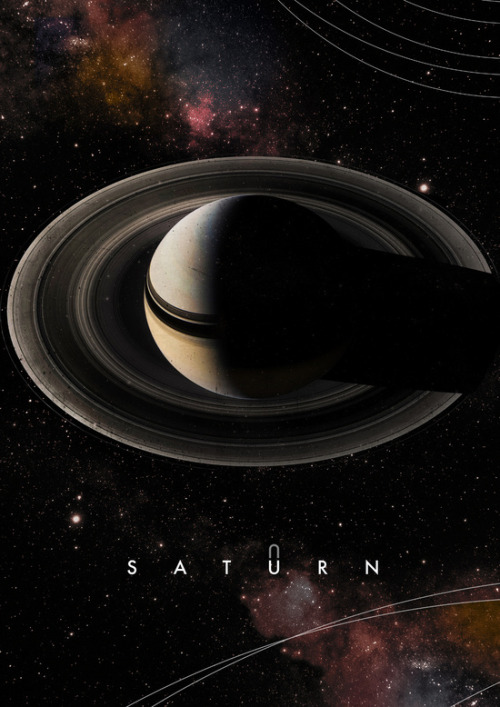
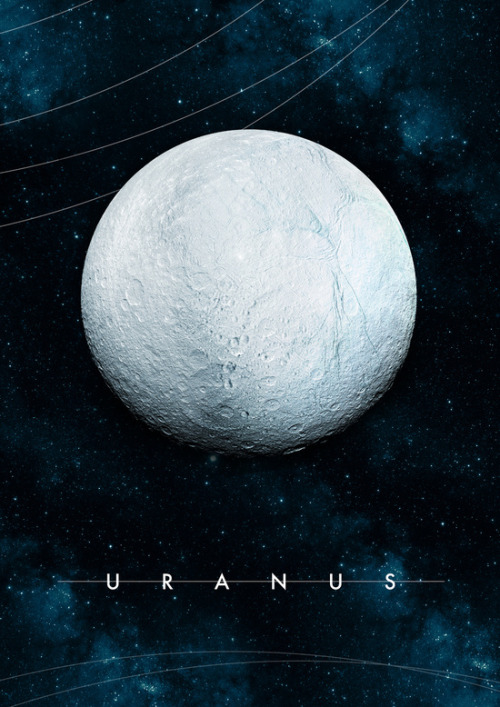
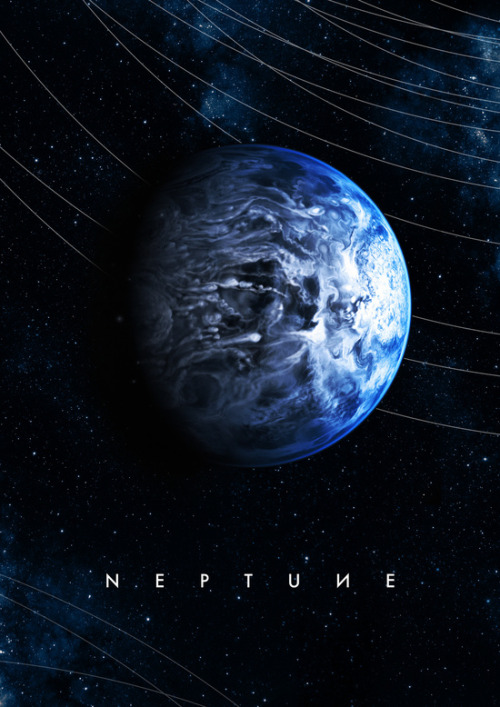
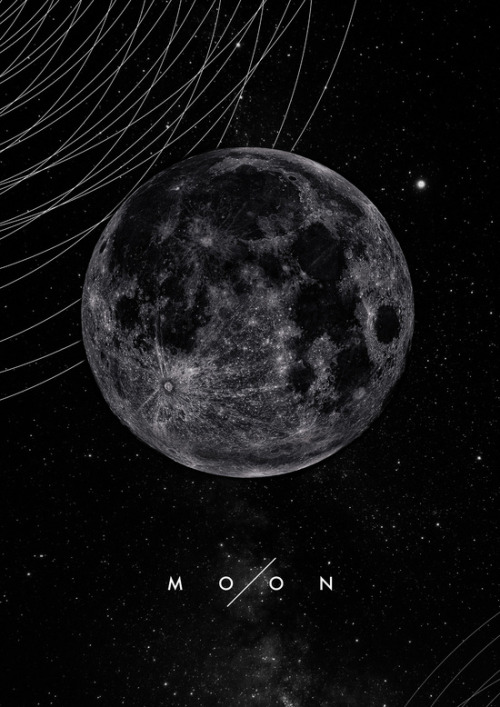
Alexander Pohl


T-2 hours - JASON-3 and Falcon 9 stand tall on the west coast. For the second time in its history, a SpaceX Falcon 9 v1.1 rocket stands at Vandenberg Air Force Base’s SLC-4E ready for launch. The 224 foot tall rocket will carry the joint NASA/NOAA JASON-3 satellite to study Earth’s oceans. Of the 20 flights of the Falcon 9 to date, all but one has occurred from Cape Canaveral’s SLC-40. The inaugural flight of Falcon 9 v1.1, Cassiope in September 2013, was also the debut of the vehicle on the west coast. The JASON-3 mission will see the final v1.1 Falcon 9 performing the vehicle’s second west coast flight. Liftoff will occur in the middle of a 30-second launch window, at 1:42 pm EST (10:42 am PST). NASA TV coverage started at 11 am EST. Watch the launch live here. p/c: SpaceX/NASA
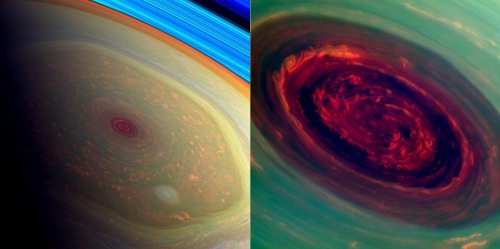
Saturn’s hexagonal storm system in it’s north pole
-
 lonelydollworld liked this · 2 years ago
lonelydollworld liked this · 2 years ago -
 velvetclouds00 reblogged this · 3 years ago
velvetclouds00 reblogged this · 3 years ago -
 velvetclouds00 liked this · 3 years ago
velvetclouds00 liked this · 3 years ago -
 dreaming-marchling reblogged this · 4 years ago
dreaming-marchling reblogged this · 4 years ago -
 sleepymr liked this · 5 years ago
sleepymr liked this · 5 years ago -
 eastofthesunwestofthemoon liked this · 5 years ago
eastofthesunwestofthemoon liked this · 5 years ago -
 alicesea liked this · 7 years ago
alicesea liked this · 7 years ago -
 l15b07 reblogged this · 7 years ago
l15b07 reblogged this · 7 years ago -
 blueforester liked this · 7 years ago
blueforester liked this · 7 years ago -
 crabbshaveabs liked this · 7 years ago
crabbshaveabs liked this · 7 years ago -
 schizoalienboy reblogged this · 7 years ago
schizoalienboy reblogged this · 7 years ago -
 n1ghtwo1f liked this · 8 years ago
n1ghtwo1f liked this · 8 years ago -
 comet-crazy-blog reblogged this · 8 years ago
comet-crazy-blog reblogged this · 8 years ago -
 00wednesdays0-blog reblogged this · 8 years ago
00wednesdays0-blog reblogged this · 8 years ago -
 demporw reblogged this · 8 years ago
demporw reblogged this · 8 years ago -
 habibtilottie reblogged this · 8 years ago
habibtilottie reblogged this · 8 years ago -
 stickyheart-remade liked this · 8 years ago
stickyheart-remade liked this · 8 years ago -
 pugsxspace liked this · 8 years ago
pugsxspace liked this · 8 years ago -
 set-the-fire-on-fire reblogged this · 9 years ago
set-the-fire-on-fire reblogged this · 9 years ago -
 8eyesnake7mystix liked this · 9 years ago
8eyesnake7mystix liked this · 9 years ago -
 cosmicmazapan reblogged this · 9 years ago
cosmicmazapan reblogged this · 9 years ago -
 beyondearth10-blog liked this · 9 years ago
beyondearth10-blog liked this · 9 years ago -
 intergalacticnerd reblogged this · 9 years ago
intergalacticnerd reblogged this · 9 years ago -
 rwby-owns-my-life liked this · 9 years ago
rwby-owns-my-life liked this · 9 years ago -
 juliiiiieeeee liked this · 9 years ago
juliiiiieeeee liked this · 9 years ago -
 paty-palomares-blog liked this · 9 years ago
paty-palomares-blog liked this · 9 years ago -
 fuckyeahspacestuff reblogged this · 9 years ago
fuckyeahspacestuff reblogged this · 9 years ago -
 tolens reblogged this · 9 years ago
tolens reblogged this · 9 years ago -
 pucca-y0k0 liked this · 9 years ago
pucca-y0k0 liked this · 9 years ago -
 stinkybeanus reblogged this · 9 years ago
stinkybeanus reblogged this · 9 years ago -
 stinkybeanus liked this · 9 years ago
stinkybeanus liked this · 9 years ago -
 plum-sunset reblogged this · 9 years ago
plum-sunset reblogged this · 9 years ago -
 the-heavy-metal-astronomer reblogged this · 9 years ago
the-heavy-metal-astronomer reblogged this · 9 years ago -
 the-heavy-metal-astronomer liked this · 9 years ago
the-heavy-metal-astronomer liked this · 9 years ago -
 red-lips-and-swinging-hips reblogged this · 9 years ago
red-lips-and-swinging-hips reblogged this · 9 years ago -
 indiegengar reblogged this · 9 years ago
indiegengar reblogged this · 9 years ago -
 indiegengar liked this · 9 years ago
indiegengar liked this · 9 years ago -
 pynkgoddess reblogged this · 9 years ago
pynkgoddess reblogged this · 9 years ago
"Astronomy compels the soul to look upwards and leads us from this world to another." - Plato
147 posts